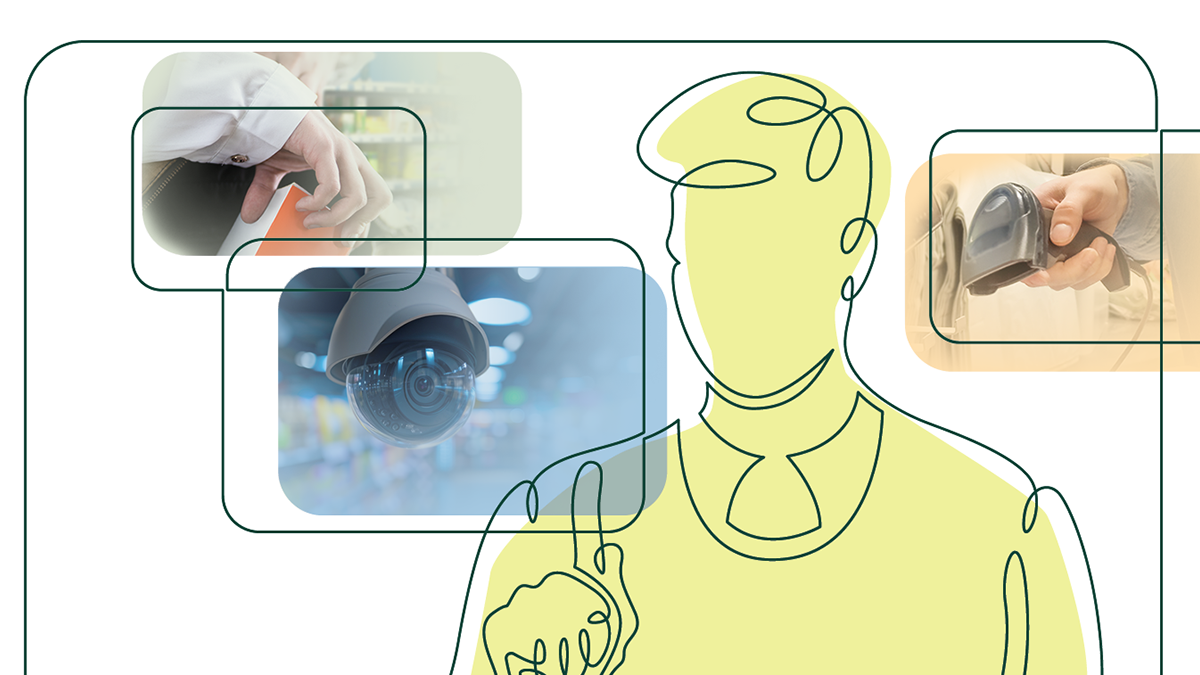By: Sam DiCarlo, Chief Financial Officer, Food Marketing Institute
 Robotics, automation and artificial intelligence. We hear these three words weekly in the world of food retail. Conversations, in the media and among food retail professionals, are abuzz trying to navigate the pros and cons of robotic process automation (RPA), how it will improve efficiency and, ultimately, impact the grocery workforce. Using next-gen functions to parse data strategically leverages technology to improve operational performance, insightfulness, and risk intelligence across the enterprise.
Robotics, automation and artificial intelligence. We hear these three words weekly in the world of food retail. Conversations, in the media and among food retail professionals, are abuzz trying to navigate the pros and cons of robotic process automation (RPA), how it will improve efficiency and, ultimately, impact the grocery workforce. Using next-gen functions to parse data strategically leverages technology to improve operational performance, insightfulness, and risk intelligence across the enterprise.
At the 2019 Financial Executive and Internal Auditors Conference, I listened to panelists from Deloitte discuss how to navigate the digital transformation within one’s controllership function including positioning foundational ERP, deploying process automation (such as RPA) and using the analytics and insights derived to deliver value to the greater organization. Here are a few takeaways from the session:
What are Some Pros and Cons of RPA?
To achieve true digital transformation through automation takes scale and is enabled by appropriate business operation structures. The technology offers a flexible automation platform that can be configured easily to fit your company’s needs:
- It’s user-friendly interface.
- It’s typically quick for business to setup.
- It works best for rules-based processes.
Companies should evaluate if RPA is the appropriate solution to the problem over process. There are circumstantial challenges when using RPA, including:
- Difficult to use for processes requiring significant judgment/exception handling.
- Not likely to scale / standardization of processes to receive highest Return on Investment (ROI).
- Company should rationalize if RPA is the appropriate solution to the problem over process.
Why your employees should embrace RPA?
It requires less manual effort for tedious rules-based tasks and streamlines existing processes. RPA has permeated the market and may become as commonplace as standard office applications. Additionally, it can extend existing capabilities and help build capacity for more analytical tasks.
Lessons learned in automation:
- Start at the top: A leading practice is to appoint a chief digital officer (CDO) to drive your automation initiatives.
- Don’t commit digital drive-bys: Launch automation initiatives to advance business strategies, not as stand-alone technology.
- Get everybody ready to roll: Identify and engage all stakeholders that may be affected by your automation initiative, up front.
- Implement a center of excellence (CoE): A CoE can help govern and manage your automation program to help avoid ricks, ensure consistency, maintain oversight, share leading practices, and eliminate redundancy.
- Find synergies: Focus on a limited number of processes and then build for scale.
- Remember the humans: Rethink work architectures to increase the value of both people and machines.
- Think beyond one tech at a time: Identify processes that need to be improved – then decide which technology can improve them.
- Avoid analysis paralysis: Consult with trusted advisors to advance your automation program.


 Industry Topics address your specific area of expertise with resources, reports, events and more.
Industry Topics address your specific area of expertise with resources, reports, events and more.
 Our Research covers consumer behavior and retail operation benchmarks so you can make informed business decisions.
Our Research covers consumer behavior and retail operation benchmarks so you can make informed business decisions.
 Events and Education including online and in-person help you advance your food retail career.
Events and Education including online and in-person help you advance your food retail career.
 Food Safety training, resources and guidance that help you create a company food safety culture.
Food Safety training, resources and guidance that help you create a company food safety culture.
 Government Affairs work — federal and state — on the latest food industry policy, regulatory and legislative issues.
Government Affairs work — federal and state — on the latest food industry policy, regulatory and legislative issues.
 Get Involved. From industry awards to newsletters and committees, these resources help you take advantage of your membership.
Get Involved. From industry awards to newsletters and committees, these resources help you take advantage of your membership.
 Best practices, guidance documents, infographics, signage and more for the food industry on the COVID-19 pandemic.
Best practices, guidance documents, infographics, signage and more for the food industry on the COVID-19 pandemic.
